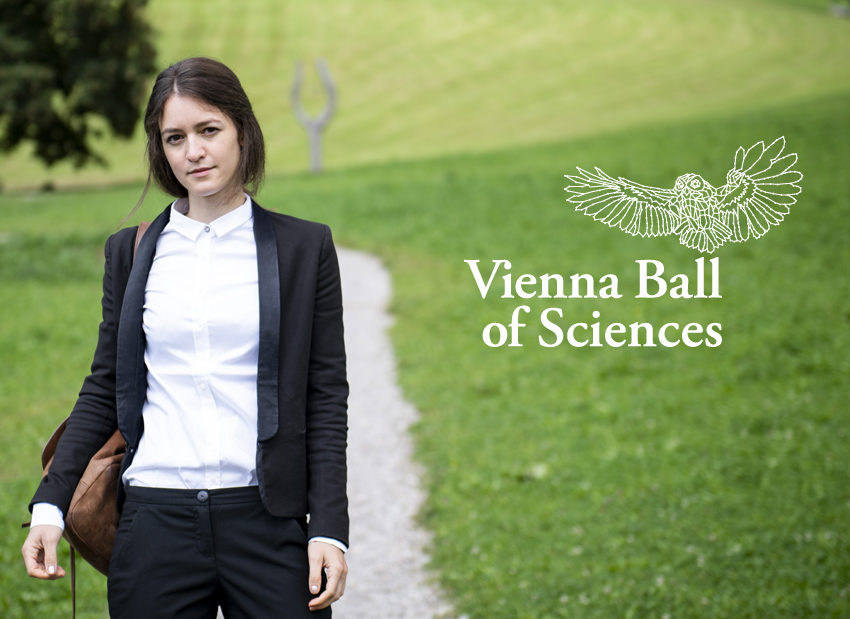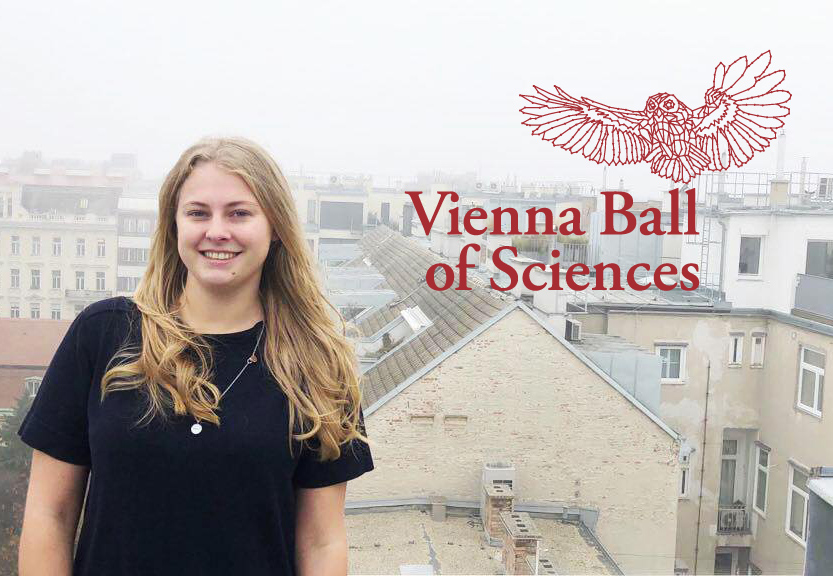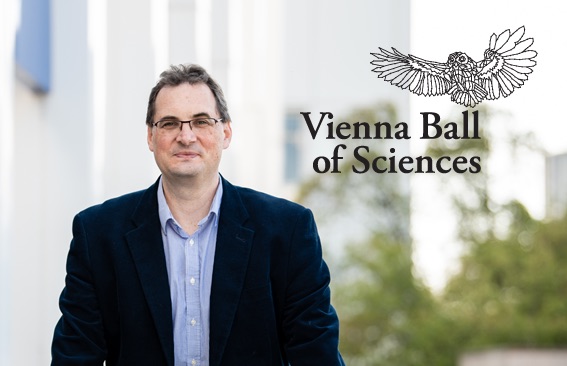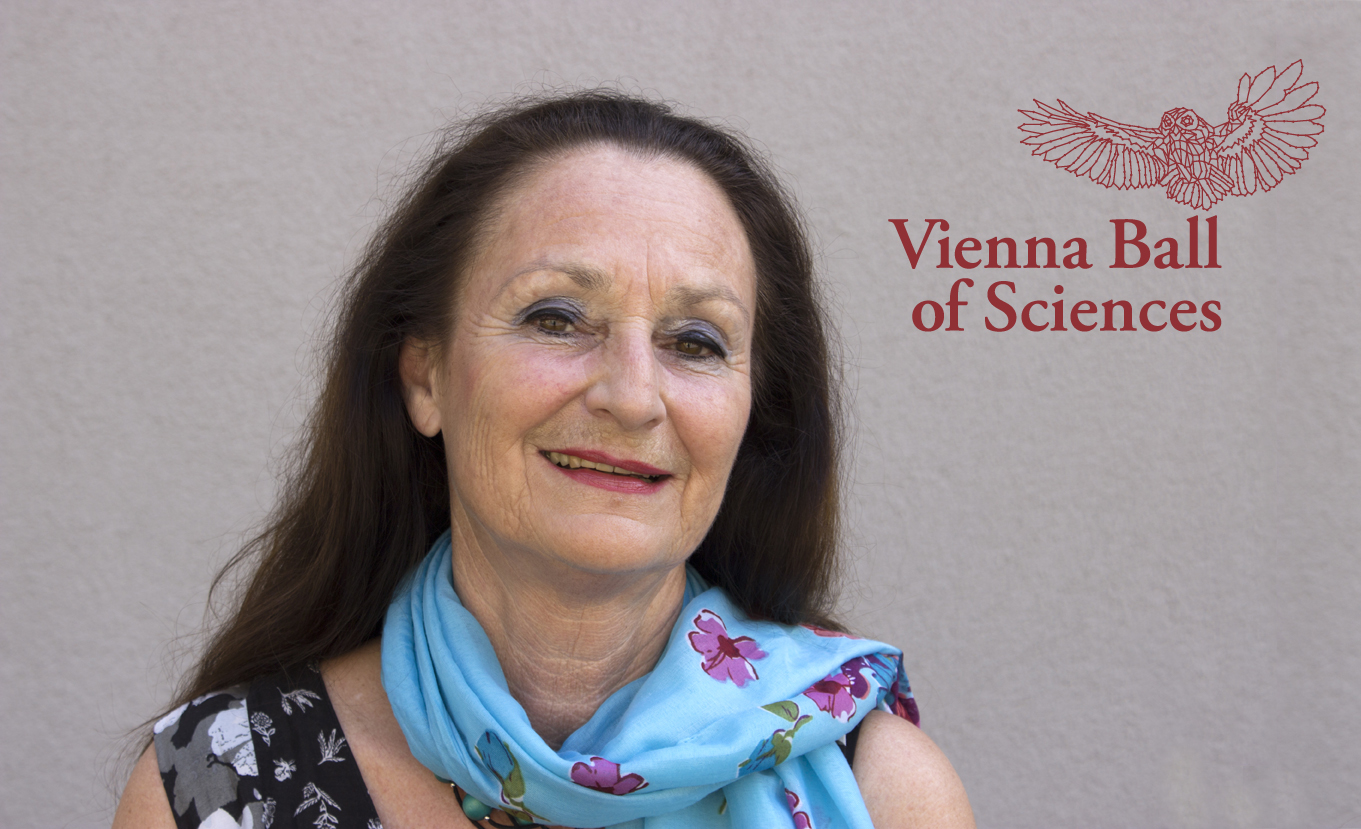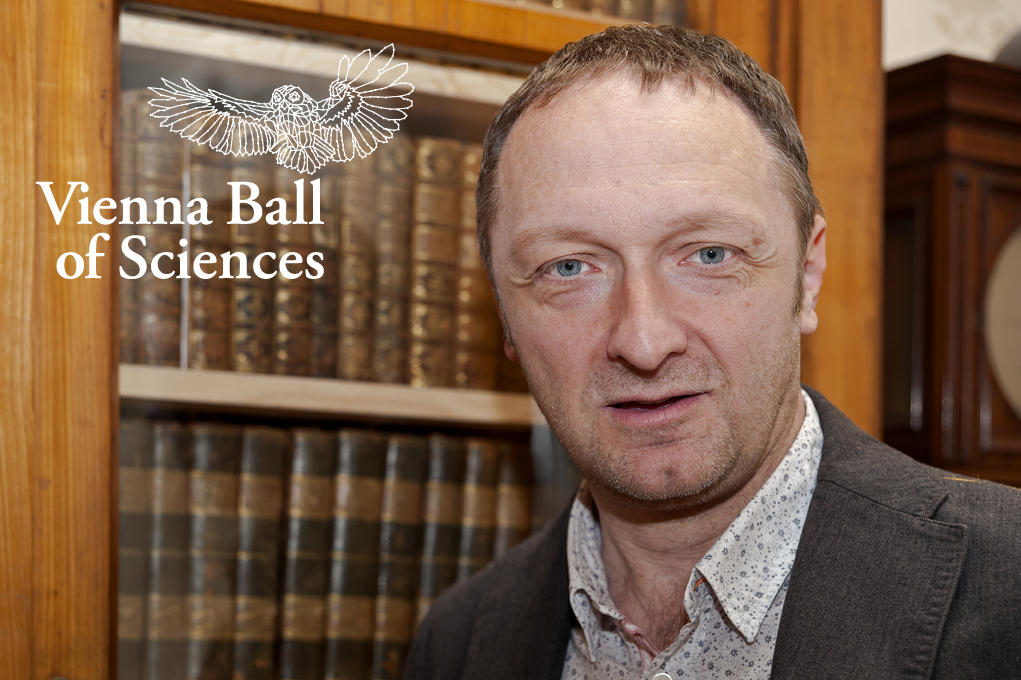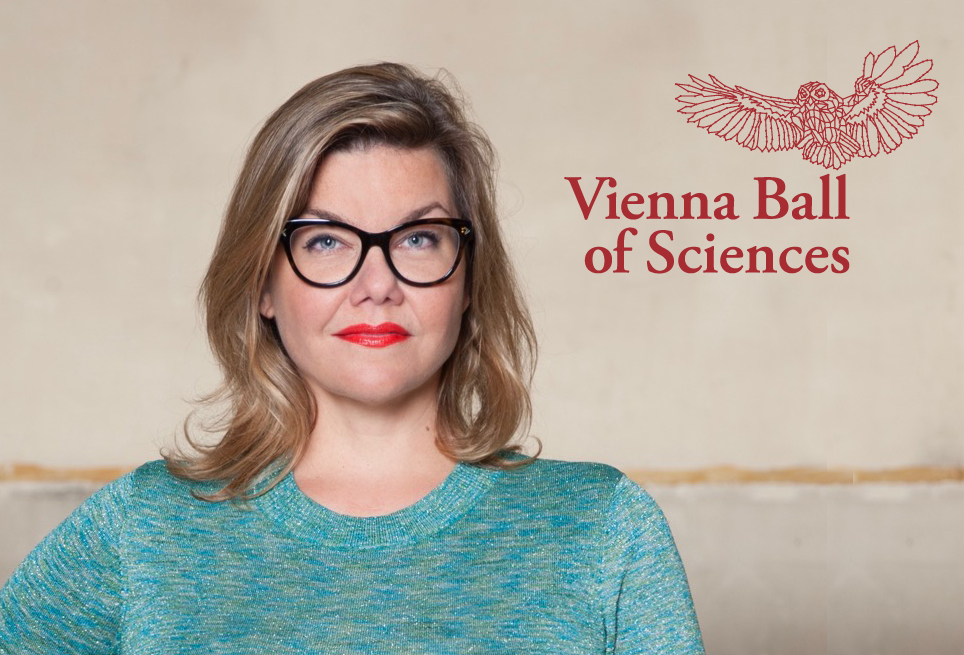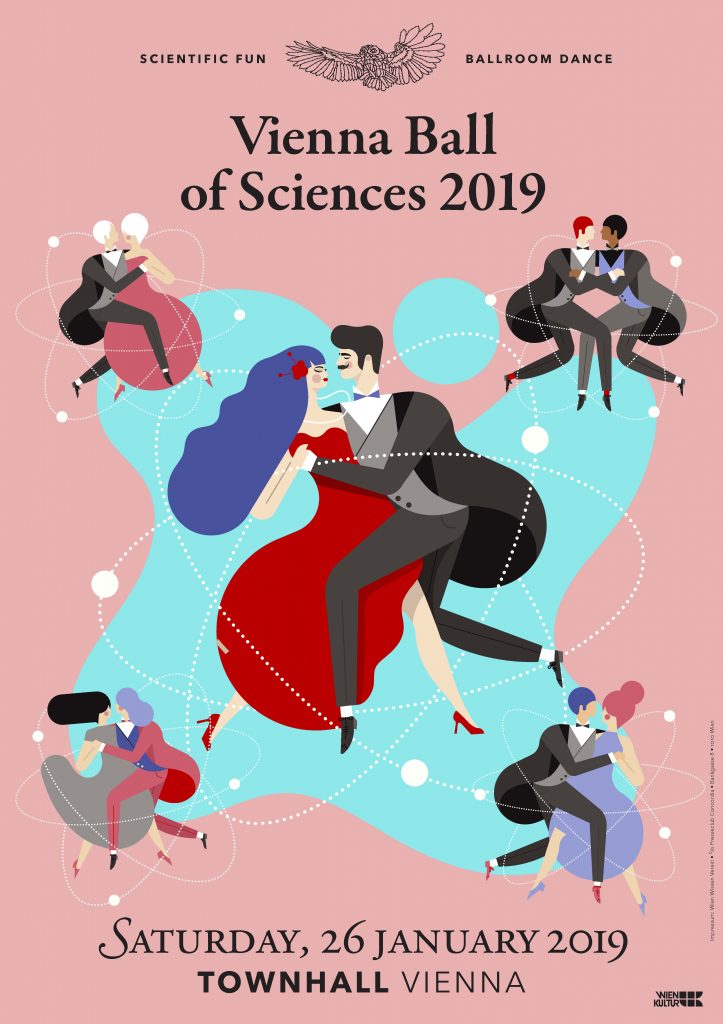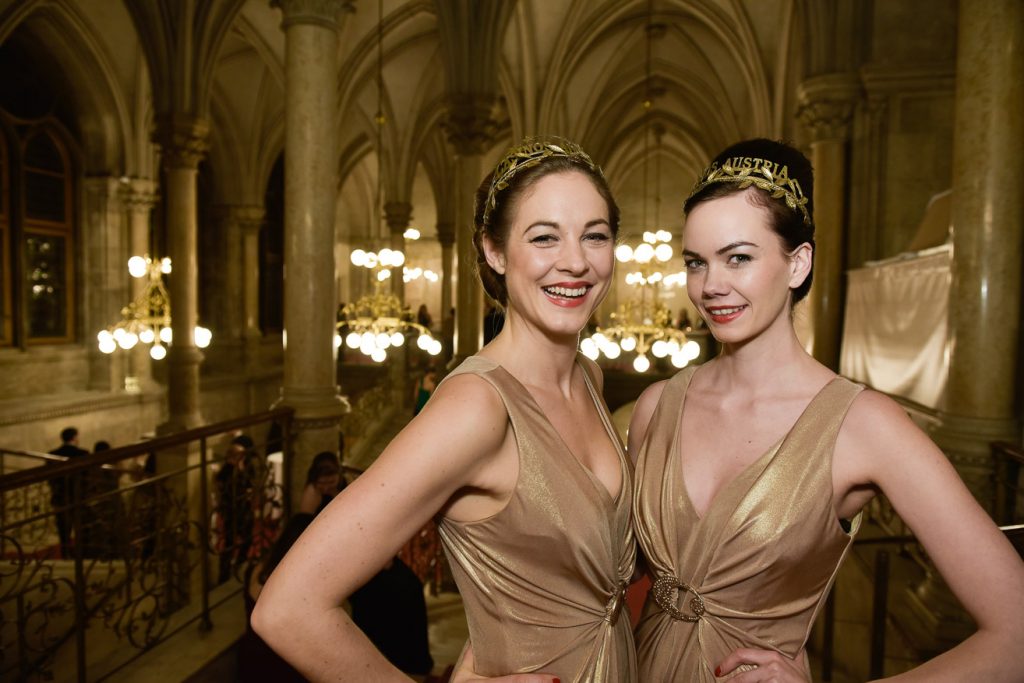
Strong Increase in reservations – 2019 more space available in the townhall
Vienna (OTS) – Starting Monday, the 12th of November 2018, tickets will be available in the webshop for the 5th Vienna Ball of Science, which will be taking place on the 26th of January 2019. Due to the strong increase in reservations, Oliver Lehmann, chair of the organising commmittee, is expecting a high demand for tickets; especially since the semester break is only starting one week after the ball. Tickets can now be bought at www.wissenschaftsball.at/shop/. Prices stay the same with €90 for regular tickets and € 25 for students. Tables and boxes can be bought under the same link as well.
The most important novelty of this year’s ball is the extended space available. From 2019 the ball will be taking place on the ground and the first floor: In addition to the ballrooms, the so-called “Volkshalle” will also become part of the “experimental arrangement of the genious mind and the good taste”. In doing so, about 4000 guests can be accommodated.
The rectors, presidents and directors of all nine Viennese universities, five private universities, five technical colleges (Fachhochschulen), as well as the ÖAW (Austrian Academy of Sciences), IIASA (International Institute for Applied Systems Analysis) and IST (Institute of Science and Technology) will constitute the honorary committee and will therefore underline the relevance of Vienna as one of the most important sites for universities and science in Central Europe. Highlights of the programme will be announced throughout the next weeks, as well as the testimonials from the area of science, economics, culture and society.
One of the main partners of the ball is the refugee initiative “more”, brought to life by “Universities Austria” (uniko), constituted by all Austrian universities, the National Union of Students, Caritas, Diakonie Austria, the Federation of Austrian Industries (IV) and other institutions. Revenues from the ball casino – sponsored by Casinos Austria, one of the ball’s partners – will be made available for the initiative “more”.
Advertising activities are underway. The homepage www.wissenschaftsball.at will be the main source of information for the ball. Posters, which were again designed by Lilly Panholzer, are already decorating the city. Social media campaigns have begun at @SciBall.
As in the previous year, Austrian Airlines and Austria Trend Hotels are offering special deals and discounts for international guests and visitors from other Austrian states. Packages have already been booked by foreign universities and are underlining the high interest for the ball. Oliver Lehmann, chair of the organising committee: “Last year we have been sold out before christmas. Due to the late start of the semester break and the additional space, we are counting on an even higher number of prospective guests. The Vienna Ball of Science has become an indispensable part of the ball season.”
Queries & contact:
Oliver Lehmann | Chair of the Organising Committee | E-Mail: lehmann@wissenschaftsball.at | Homepage: www.wissenschaftsball.at | Facebook, Twitter and Instagram: @SciBall
Mag. Alfred Strauch | Media spokesman of the Executive City Councillor for Cultural Affairs and Science | Email: alfred.strauch@wien.gv.at
Foto: R.Ferrigato / © SciBall
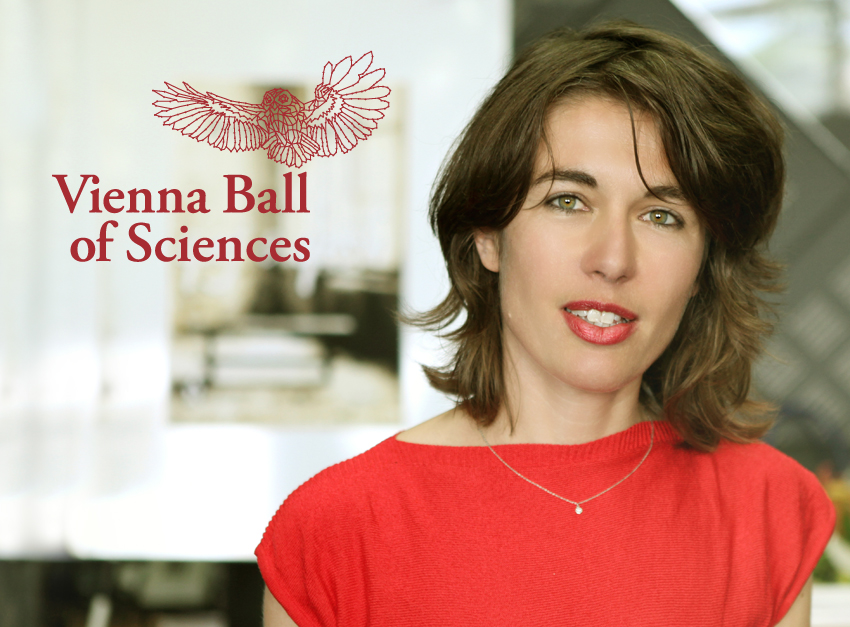 “You can dance even if you can’t dance. You can also understand something and not understand it at the same time – think of the evolution of the human brain, while living with one. It is in this paradox that dancing and scientific thinking touch each other. Bouncing back and forth between knowing and not knowing is the daily business of researchers. And from these movements spring, for me, the joy and strength of scientific research. Try it out, in the sober environment of a lab and on the dance floor of a ballroom.”
“You can dance even if you can’t dance. You can also understand something and not understand it at the same time – think of the evolution of the human brain, while living with one. It is in this paradox that dancing and scientific thinking touch each other. Bouncing back and forth between knowing and not knowing is the daily business of researchers. And from these movements spring, for me, the joy and strength of scientific research. Try it out, in the sober environment of a lab and on the dance floor of a ballroom.”